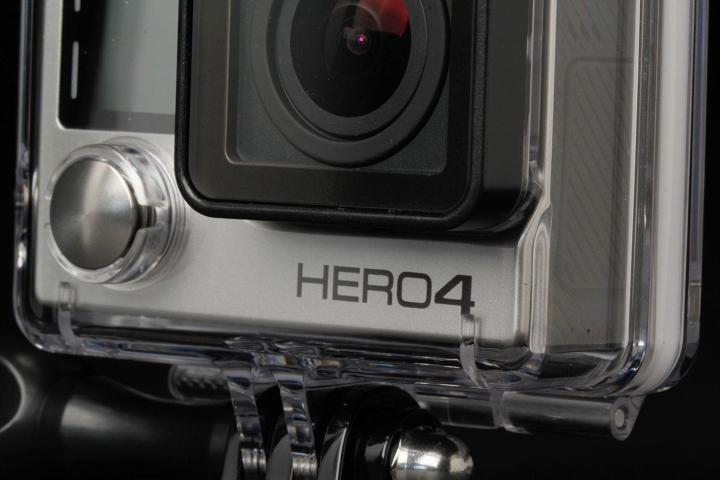
To try to get the company back on track, GoPro said this spring it’ll cut from its lineup the Hero+ LCD ($300), Hero+ ($200), and Hero ($130) cameras, leaving on sale the Hero 4 Black ($500), Hero 4 Silver ($400), and Hero 4 Session ($200). The new flagship model – the Hero 5 – is set to debut some time this year.
As for those figures, the maker of the popular actions cameras generated $437 million in revenue in 2015’s final quarter, a figure below analysts’ forecasts and $197 million down from what it generated for the same three-month period a year earlier. More worryingly, the company said it expects revenue for the current quarter to reach no more than $180 million, much lower than the $298 million originally forecast.
Profits for the last quarter came in at $128 million, less than half of what it reported a year ago. On a more positive note, the company said it shipped 6.6 million cameras during the whole of 2015, an increase of 27 percent on 2014.
The ropey figures aren’t too much of a surprise. Last month the California-based company warned investors of disappointing sales figures, and also announced it was laying off 7 percent of its workforce, equal to around 100 jobs.
The move followed trouble in the latter half of 2015 when GoPro was forced to cut the price of its smaller Session camera not once but twice. Its $400 launch price was clearly beyond what customers were prepared to pay – if the demand for the diminutive device was even there in the first place – forcing the company to reduce it in two steps to $200 in a bid to tempt Christmas shoppers.
Responding to the fourth-quarter data, GoPro Founder and CEO Nicholas Woodman said in a release his company must “recognize the need to develop software solutions that make it easier for our customers to offload, access and edit their GoPro content.” Its other challenge is to reach out beyond its core user base, an increasingly urgent necessity that’s clearly proving tough for the company.
Wisely, it’s already exploring other revenue possibilities linked to its cameras, including a remotely operated copter that’s expected to hit stores this year. Of course, the drone market is already hugely competitive, so GoPro will have its work cut out, but if it can offer a decent camera-equipped flying machine at an attractive price then the future could be rosy.


